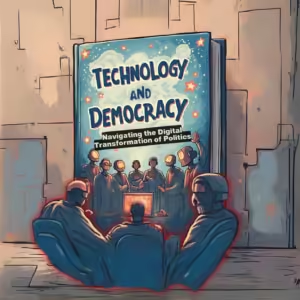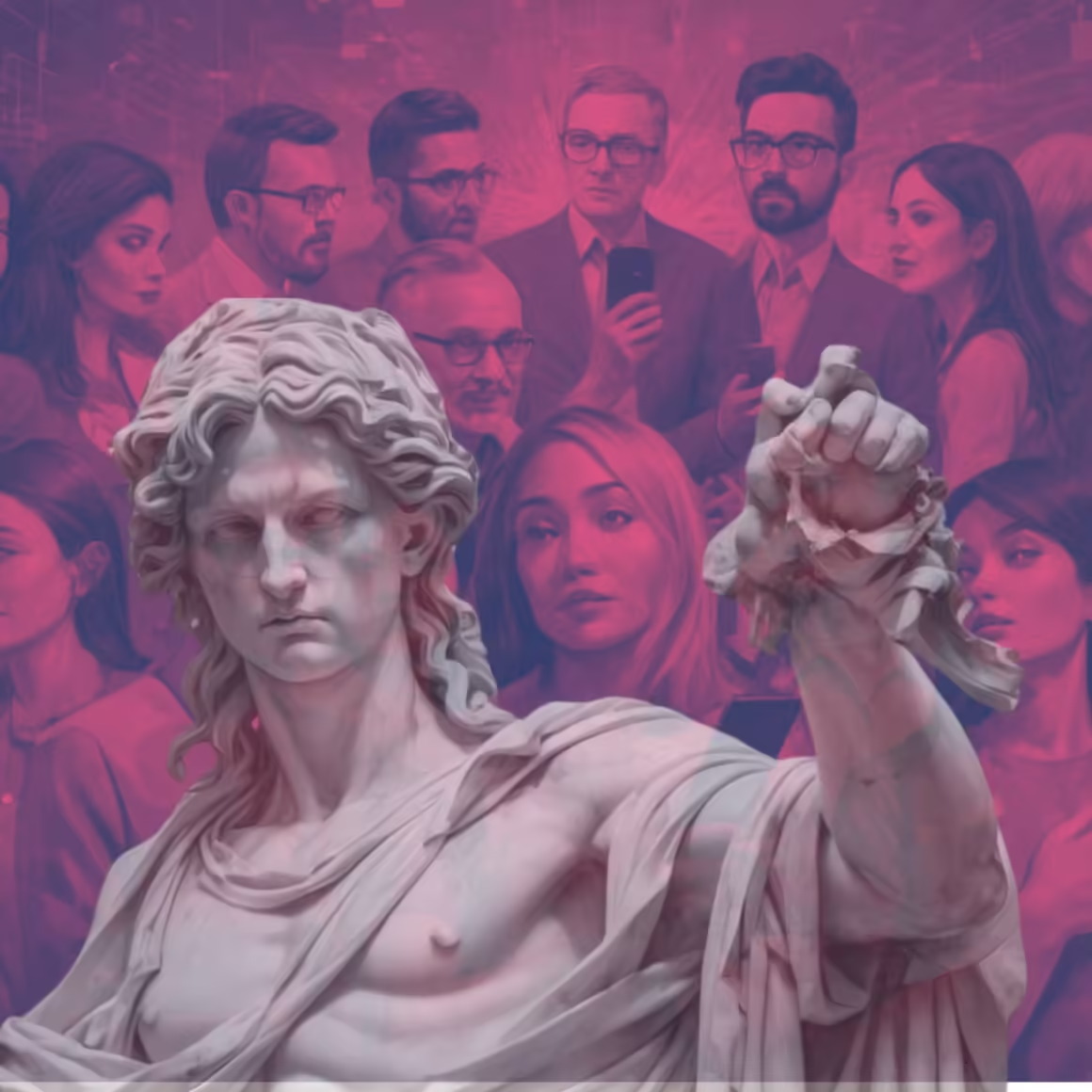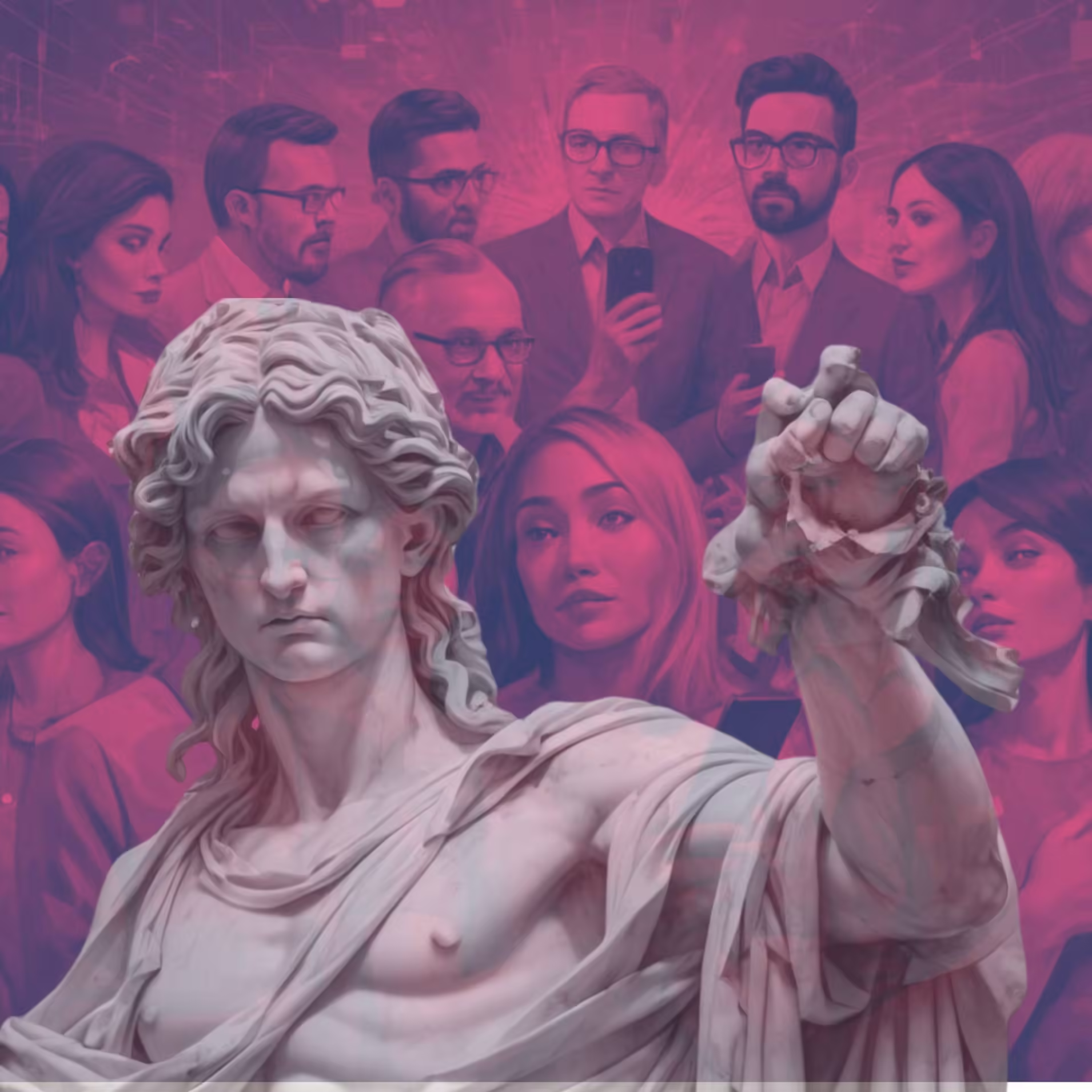Democracy in the Digital Age: Introduction
In an era where digital technology permeates every aspect of our lives, the very fabric of democracy is being reshaped. The rise of social media, big data, and ubiquitous connectivity has not only transformed how we communicate but also how we engage with governance and civic processes. As misinformation spreads like wildfire and public trust wanes, it’s imperative to adopt a comprehensive understanding of democracy—one that goes beyond mere procedures and embeds core values to safeguard our societal foundations.
The Transformative Power of Digital Technologies
Digital technologies have revolutionized citizen engagement and governance models. Platforms like Twitter and Facebook have become modern-day public squares, enabling instant communication between citizens and their representatives. This shift from traditional to digitally-driven governance holds the promise of increased transparency and participation. Citizens can now voice their opinions, mobilize support, and hold authorities accountable with unprecedented ease.
However, this digital transformation isn’t without its pitfalls. The same tools that empower can also exacerbate inequalities. Not everyone has equal access to digital platforms or the skills to use them effectively, leading to a digital divide that mirrors and sometimes intensifies existing social disparities. Moreover, the concentration of digital power raises concerns about whose voices are amplified and whose are marginalized.
Examining the Risks of Big Tech’s Growing Influence
The expanding influence of Big Tech poses significant threats to democratic values. Companies like Google, Facebook, and Amazon have transcended their roles as service providers to become gatekeepers of information and arbiters of public discourse. This phenomenon, known as “sphere transgressions,” blurs the lines between private interests and public welfare.
User privacy is often compromised as tech giants harvest personal data to fuel their business models. The concentration of power in the hands of a few stifles competition and creates echo chambers that reinforce existing beliefs, undermining the pluralism essential for a healthy democracy. The lack of transparency in algorithms that curate our news feeds and search results further exacerbates these issues, as it becomes difficult to discern manipulation from genuine content.
Challenges to Public Management in the Digital Age
Public management faces the daunting task of navigating this complex digital landscape while upholding democratic principles. Traditional governance structures are ill-equipped to deal with the rapid pace of technological change. Misinformation campaigns can spread globally within minutes, influencing elections and public opinion before authorities can respond.
Social media’s political influence is a double-edged sword. While it can mobilize civic engagement, it can also be weaponized to spread propaganda and sow discord. Safeguarding individual rights, such as freedom of expression and privacy, becomes increasingly challenging when the digital sphere is dominated by entities with their own agendas.
Building a Resilient Democratic Framework
To address these challenges, we must build a resilient democratic framework tailored for the digital era. This involves promoting a “thick” conception of democracy that integrates ethical considerations into both policy and technological infrastructure. Media literacy initiatives are crucial to empower citizens to critically evaluate information and resist manipulation.
Regulatory measures must be implemented to address disinformation and hold tech companies accountable for their role in shaping public discourse. Cross-sector collaborations between governments, private sector, and civil society can foster innovative solutions that prioritize the common good over profits.
Conclusion
Charting a course for democratic resilience in the digital age requires a collective effort to realign technology with democratic values. Enhancing digital literacy and critical thinking skills will empower citizens to navigate the complex information landscape responsibly. Promoting inclusivity and bridging the digital divide ensures that all voices are heard and represented.
Ethical, transparent, and supportive digital systems are not just ideals but necessities. As stakeholders in this digital society, it is our shared responsibility to ensure that technology serves as a force for democratic enhancement rather than erosion.
Unlock the Full Insights
To delve deeper into how we can collectively safeguard democracy in the digital age, download the complete research paper now.

- Accountability: This emphasizes the “obligation of those in power to explain their actions and be held responsible.” [1] Holding elected officials accountable for their campaign promises and ensuring corporations are held responsible for environmental damage are examples of accountability in action.
- Algorithmic Content Curation: Social media platforms and search engines employ algorithms to determine the content users see. This process, known as “algorithmic content curation”, is often “based on their past behavior and preferences”. [1] For example, if you frequently like and share posts about climate change denial, Facebook’s algorithm might show you more content from similar sources, even if it is factually inaccurate.
- Algorithmic Manipulation: This occurs when “computer programs, like those used on social media, selectively prioritize what content users see.”[1] An example is YouTube’s recommendation algorithm, which has been criticized for promoting sensationalist and conspiratorial content to keep users engaged, even if that content is misleading.
- Citizen Engagement: This involves “active participation by citizens in the political and social issues that affect their communities.”[1] Voting in elections, attending town hall meetings, and contacting elected officials are examples of citizen engagement. Robust citizen engagement is vital for a healthy democracy.
- Civil Society Organizations: These are “non-governmental organizations that work towards social goals.” [1] Amnesty International, Greenpeace, and the Red Cross are examples of civil society organizations.
- Commercial Agenda-Setting: This phrase describes how “powerful companies try to influence public opinion to support their financial interests.” [1] Oil companies funding campaigns to downplay the urgency of climate change exemplify commercial agenda-setting.
- Content Moderation: This encompasses the process of “monitoring and controlling what is published on a platform.”[1] Social media companies use content moderation policies and practices to remove posts that violate their terms of service, such as hate speech or harassment.
- Democratic Values: These “core principles [are] important for a functioning democracy, including free speech, participation, transparency, and accountability.” [1] Free and fair elections, where citizens can freely express their political views and hold their leaders accountable, are essential for upholding democratic values.
- Digital Infrastructure: This refers to the “underlying technological components like hardware, software, networks, and data centers that enable digital services.” [1] Robust and secure digital infrastructure, including high-speed internet access and reliable data storage, is crucial for a modern digital economy.
- Digital Literacy: This involves the “ability to use technology effectively, critically evaluate online information, and understand the risks and opportunities of the digital world.” [1] Being able to distinguish between credible and unreliable sources, and understanding how algorithms influence the information you encounter online are key aspects of digital literacy.
- Digital Marketplaces: These are “online platforms where buyers and sellers connect to exchange goods and services.” [1] Amazon, eBay, and Etsy are examples of digital marketplaces.
- Disinformation/Misinformation: This refers to “false or inaccurate information that is intentionally spread to mislead people.” [1] A classic example is the fabricated news story during the 2016 US election about Pope Francis endorsing Donald Trump.
- Echo Chambers: These are “online spaces where people are primarily exposed to information and opinions that reinforce their existing views, leading to a lack of diverse perspectives.”[1] A Facebook group dedicated to conspiracy theories, where members primarily share and affirm each other’s unfounded beliefs, exemplifies an echo chamber.
- Governance: This refers to the way “rules, norms, and processes are used to steer society and make decisions.” [1] Effective governance requires transparent and accountable institutions that operate in the public interest.
- Human-centric Approach: This involves “designing and implementing technology with a focus on human needs, values, and well-being.” [1] Prioritizing user privacy and data security, and designing interfaces that are accessible and easy to use are hallmarks of a human-centric approach to technology.
- Information Fragmentation: This occurs when “people are exposed to only a narrow range of information, often reinforcing their existing views.” [1] This can lead to a decline in shared understanding and make it harder to address societal challenges.
- Informational Bedrock of Democracy: This refers to “the foundation of shared knowledge and diverse perspectives necessary for a functioning democracy.” [1] A public discourse where people can access accurate information from a variety of sources and engage in respectful debate, even when they disagree, is crucial for maintaining the informational bedrock of democracy.
- Insular Information Environments: These are “spaces where people are exposed to a limited range of perspectives, often similar to their own.” [1] Subscribing only to news sources that align with one’s pre-existing political beliefs creates an insular information environment.
- Microtargeting: This practice involves “directing political messages to specific groups of voters based on their personal data.” [1] During elections, political campaigns might use microtargeting to deliver tailored advertisements to individuals based on their demographics, interests, and online behavior.
- Personalization Algorithms: These are “computer programs used by platforms like social media to select and display content tailored to individual users’ preferences.”[1] The algorithm that curates your Netflix recommendations based on your viewing history is a common example.
- Political Polarization: This term describes “the widening gap between different political ideologies, often characterized by increased hostility and unwillingness to compromise.”[1] The growing divide between Democrats and Republicans in the United States, with both sides demonizing the other and refusing to engage in constructive dialogue, is a clear illustration of political polarization.
- Public Interest: This describes the “common good or general welfare of the public.” [1] Policies promoting affordable healthcare, quality education, and environmental protection are often seen as serving the public interest.
- Regulatory Frameworks: This encompasses “laws, regulations, and guidelines that provide a structure for governing technology.” [1] Data privacy laws, like the General Data Protection Regulation (GDPR) in Europe, are examples of regulatory frameworks aimed at protecting individuals’ online rights and ensuring responsible use of data.
- Sphere Transgressions: This term refers to “the way large technology companies are expanding their operations beyond their original areas of expertise and into new domains.” [1] Amazon, which started as an online bookstore, now operates in cloud computing, grocery delivery, and many other sectors, showcasing sphere transgression.
- Transparency: This refers to “openness and accountability in how digital systems operate and how data is used.” [1] Companies that clearly explain their data collection practices and allow users to control their data settings demonstrate transparency.
- Ubiquitous: Meaning “being or seeming to be everywhere at the same time,”[1] the term ‘ubiquitous’ can describe the pervasive nature of disinformation in the digital age. With the internet and social media, false information can spread rapidly and widely, making it feel like it’s inescapable.




Leave a Reply